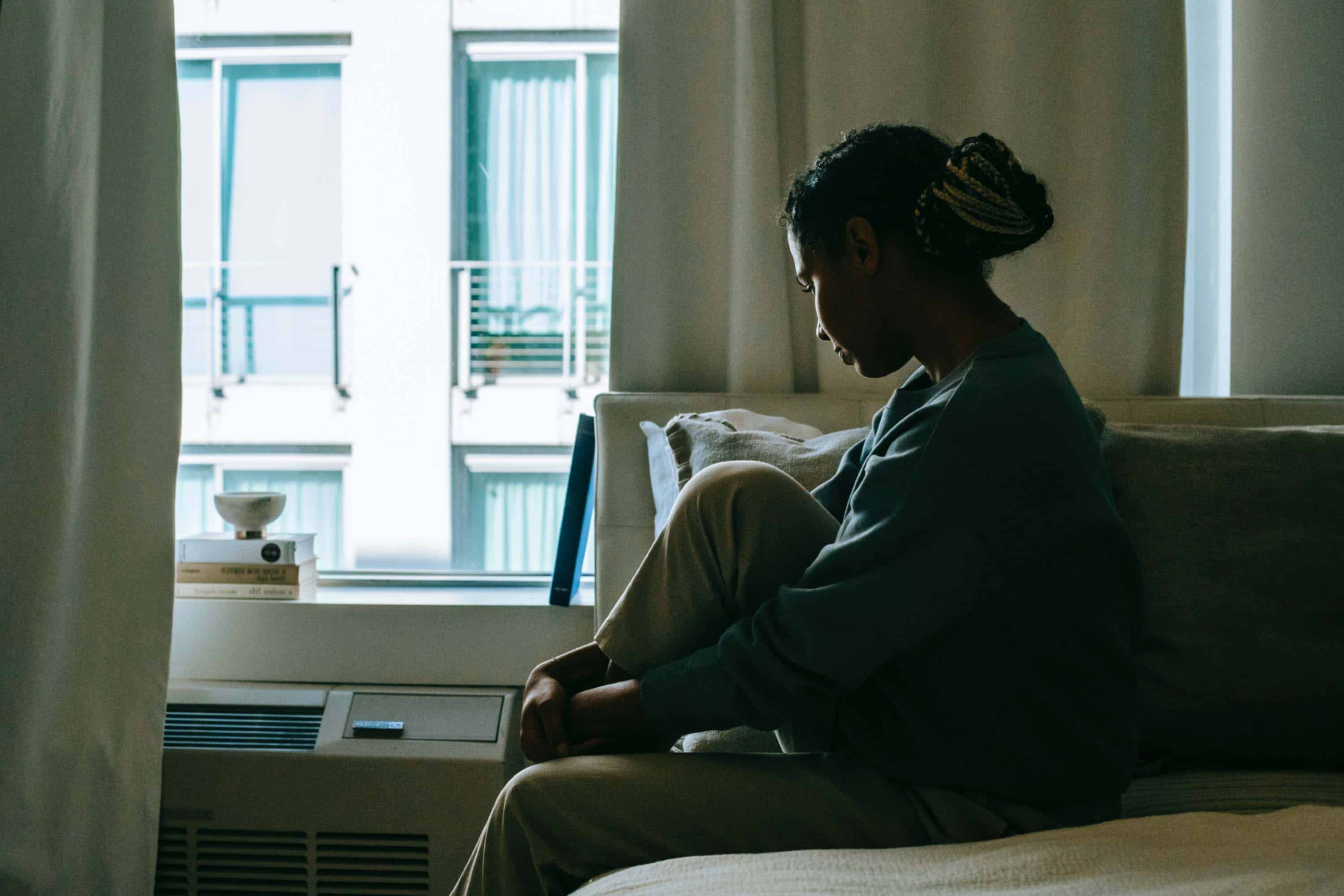What To Expect Inside a Rehab?
A rehab center is a shelter both having the ambience and comfort of a home paired with the functionality of a treatment center. The main goal of going to a rehab facility is to recover from an addiction.
It has several amenities inside where you can still enjoy recreational activities after a therapy session. There are daily routines to follow and you can slowly gain back normal socialization skills with other people inside the facility.
This establishment doesn’t take away your right to live a normal life, rather, it helps you gain your life back. If you love yourself and your family, then going to a rehab center is an act of passion rather than frustration.
What are the Things You Can Bring in Rehab?
Every rehab center has its own set of rules for the things you can and cannot bring inside the establishment. They do this in order to ensure the recovery of the patient and avoid any incidents of harm and danger to everyone inside the facility.
In general, here are some of the common things you can bring inside the rehab.
- A journal where you can write all your thoughts, experiences, and realizations inside the rehab.
- Letters, envelopes, and stamps: So you can write to your loved ones in cases your rehab center is far from home.
- A calling card so you would be able to call your family over-the-phone.
- An alarm clock without a radio function to help you properly set sleeping and waking times.
- Pictures of family and friends to boost your motivation and morale in recovering fast.
- Documents and identification cards to prove your identity is authentic and legal.
- A list of the names, contact details, and addresses of the people you want to be involved in your treatment program.
- A pocket money worth between $50 to $100 for you to buy something in convenience stores or vending machines.
- Checkbook, credit or debit cards to cover your medications and treatments
- Some rehab centers allow you to bring comfort materials such as a pillow, blankets, or any bedding items. Other things you can bring but must be given permission include an MP3 player (not internet capable), gum, and unopened supplements or vitamins.
- Other rehab centers also allow you to bring mobile phones or laptop but they will be the one to keep it and give you specific schedules for usage and it will be with supervision.
What are the Things You Cannot Bring in Rehab?
In general, these things are never allowed to be brought inside any rehab center. These things are prohibited because they will jeopardize the treatment and recovery of the patient.
- Cleaning supplies: These are not allowed because most of it contains harmful chemicals which can be abused by the person.
- Pornographic contents: These materials are never allowed for they pose a great distraction for recovery.
- Candles and incense: These are not allowed for some of the aromas can trigger addictive behaviors.
- E-cigarettes: These are not allowed for it triggers unhealthy and addictive behaviors.
- Video games, playing cards, and radios: These are not allowed for they are a huge distraction for recovery.
- Sharp objects such as scissors, razors, and knives: These are not allowed for they can be used as weapons to harm the people inside the facility.
- Beverages bought outside: These are not allowed for they can be adulterated with other drugs and contents inside might be replaced with alcoholic drinks by the person.
- Expensive or luxury items such as jewelry: These are not allowed for they might be lost inside and it is a distraction to other people inside the rehab. A wedding ring is allowed inside.
- Cosmetic products, particularly having contents of alcohol or solvents are not allowed inside.
What Medications Are Used?
There are rehab centers that utilize pharmacotherapy or detox medication for patients with substance abuse disorders. Based on the physical assessment of the patient, specific drugs will be given to help in the detox process. Some of these medications include the following:
- Buprenorphine (Subutex): It helps the patient gain more tolerance for pain associated with withdrawal syndrome.
- Disulfiram (Antabuse): This medication is used to discourage alcohol drinking. Once ingested by the patient, it causes unpleasant effects if there is alcohol present in the body.
- Naltrexone (Revia): This medication is used to discourage patients from taking opiates and methadone.
- Diazepam: It is used to medicate alcohol withdrawal symptoms and anxiety.
- Anticonvulsants (Tegretol, Depakote): Drugs used to treat seizures.
- Anti Nausea Drugs: Medications used to treat vomiting.
- Antidepressants: Medications used to treat substance-induced depression.
What are Examples of Treatment Programs?
There are several treatment programs implemented in various rehab centers. Likewise, there is constant development and innovation with these programs based on the patient’s condition. Here are some of the standard treatment programs adapted by rehab centers.
- Long-Term Residential Treatment Program: This program provides a 24-hour treatment and check-up cycle in a home-like atmosphere which can last around 6 to 12 months. Therapeutic community (TC) is one of the most effective long-term residential treatment programs among rehab centers. It aims to bring back the normal social skills of a patient.
- Short-Term Residential Treatment Program: This program provides an intensive 12-step approach method on the patient which typically lasts around 3 to 6 weeks. After the inpatient treatment, it is followed by an outpatient program and interaction in a self-help group.
- Outpatient Treatment Program: This program costs less compared to inpatient treatments and is much more suitable for patients with jobs. It offers a less intense treatment method wherein the success rate is dependent on the patient’s sense of responsibility towards meeting scheduled sessions.
- Individualized Drug Counseling: It is a one-on-one session wherein the treatment focuses on stopping illicit substance abuse and its associated consequences such as broken relationships, loss of a job, and health problems. This program includes the 12-step approach and medical detox.
- Psychological Therapies: It is also known as “talking therapy” where the patient is encouraged to share one’s experience and thoughts about his condition. This method provides a supportive and constructive environment for the patient. Psychological therapies can be individual, couple, or group sessions. Some of the most common examples for this include cognitive behavior therapy, family therapy, group therapy, and motivational interviewing.
What if I Have Two or More Disorders?
Most substance abuse disorders have a co-occurring disorder or are associated with one or more behavioral disorders. These deviant behavior patterns can either be present before the addiction or induced due to substance dependence. A patient with a co-occurring disorder must undergo behavioral therapy aside from the intended treatment program for substance abuse.
Here are some of the common co-occurring disorders associated with substance addiction:
- Attention-deficit hyperactivity disorder (ADHD): The person finds it hard to focus due to impulsive behaviors.
- Bipolar Disorder: Also known as a manic-depressive illness which refers to the sudden extreme shift of mood.
- General Anxiety Disorder (GAD): When a person shows frequent intense anxiety that affects work and life balance.
- Antisocial Personality Disorder: A behavior where a person feels no guilt upon abusing and manipulating others.
- Depression: Characterized by intense sadness which disturbs a person’s ability to handle work, life, and emotion.
- Panic disorder: A person with this condition experiences impulsive panic attacks.
- Borderline personality disorder: A person with this condition experiences various mood swings and feels uncertain of one's role in society.
Signs and Symptoms of Comorbid Disorders:
- Sudden mood swings
- Erratic behavior
- Inability to focus
- Low job performance
- Constant panic attacks
- Lethargy
- Highly irritable
How Long Does Treatment Last?
The duration for treatment is unique to each person and is attributed to various factors such as physical, mental, and emotional conditions. Here are some of the average lengths for various treatments.
- Short-term residential treatment: 3 to 6 weeks
- Long-term residential treatment: 6 to 12 months
- Outpatient treatment: 3 to 4 months
What Packages are Allowed to be Sent to Someone in Rehab?
For your family and loved ones outside, they can send you packages or gifts that would boost your motivation and ease that longingness from them.
Typically, here are some of the things most rehab centers allow for packages to be received by patients inside the facility.
- Letters, Cards, and Inspirational Books: These things are allowed for they serve as great comfort and motivator for their loved ones inside the facility.
- Clothing: These things can include socks, pajamas, workout clothes, and casual wear. These things comfort the patient by letting them feel they are still loved and remembered by their families and friends.
- Toiletries: These things are allowed by most rehab centers but must be screened first before given to the patient.
Can My Family and Friends Visit me at the Rehab?
Every rehab center has its specific guidelines to be followed for setting up a visitation. This is allowed for most rehab centers that incorporate family, couple, and support group therapy.
It is better if you ask the rehab center for the details regarding visitation such as frequency of visits, duration and exact time for visiting hours. The approval of the visitation depends on the therapist's recommendation and how it can improve the patient's recovery.





